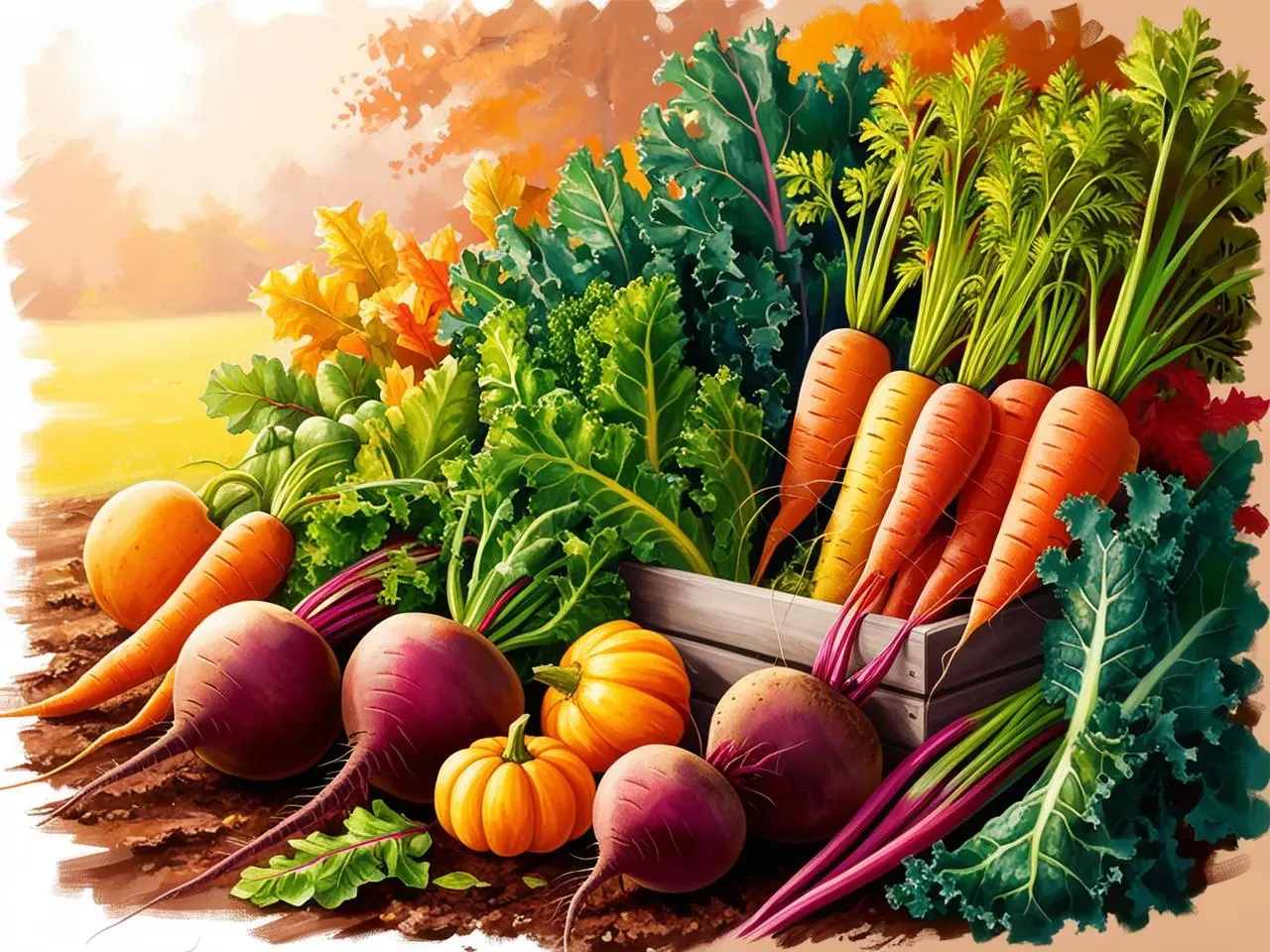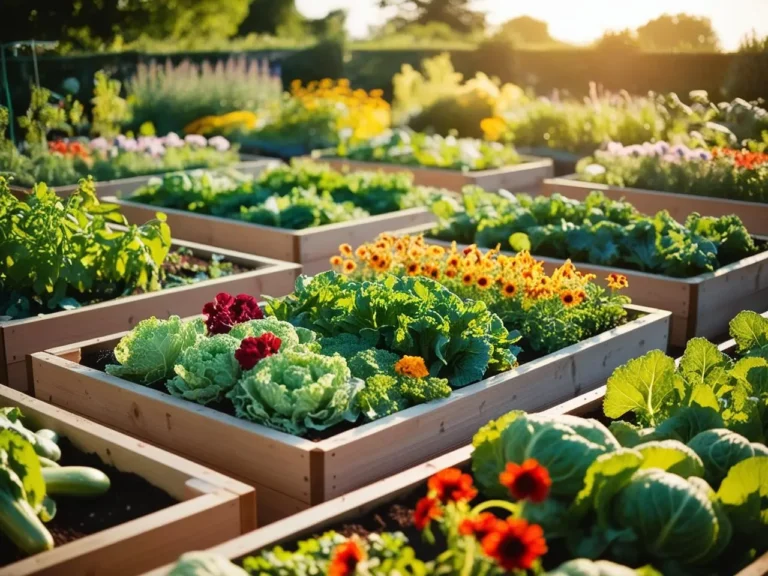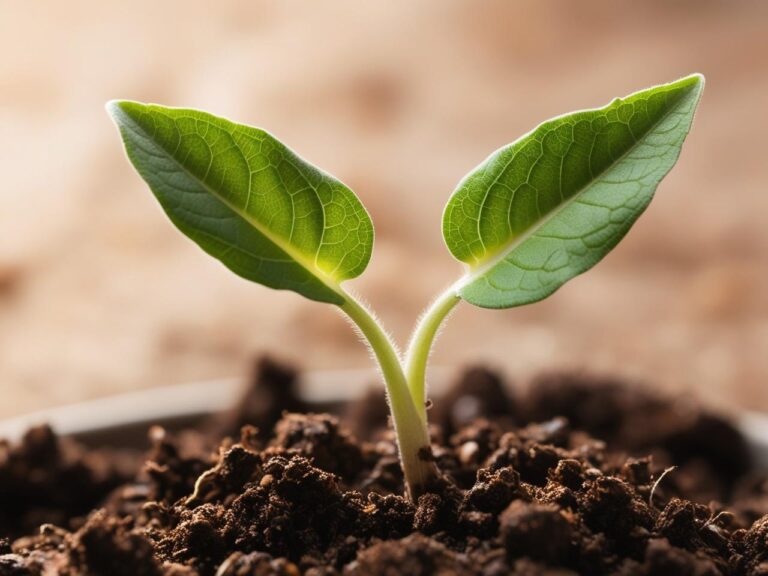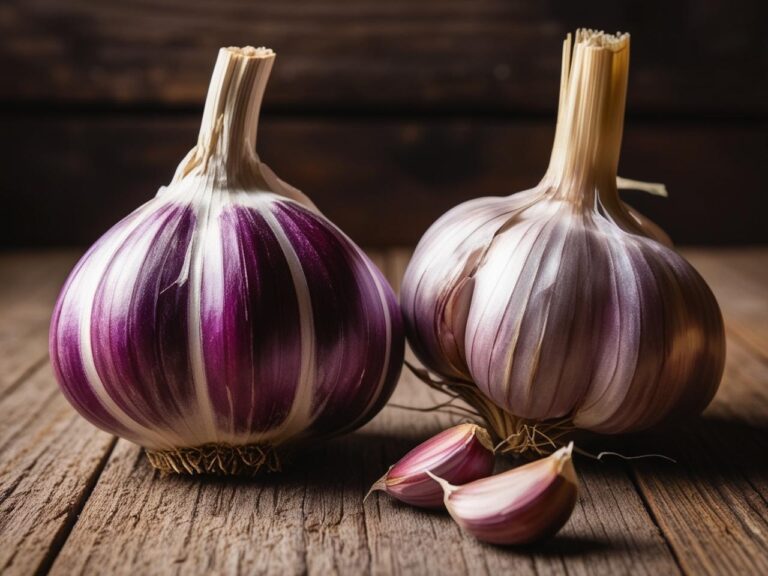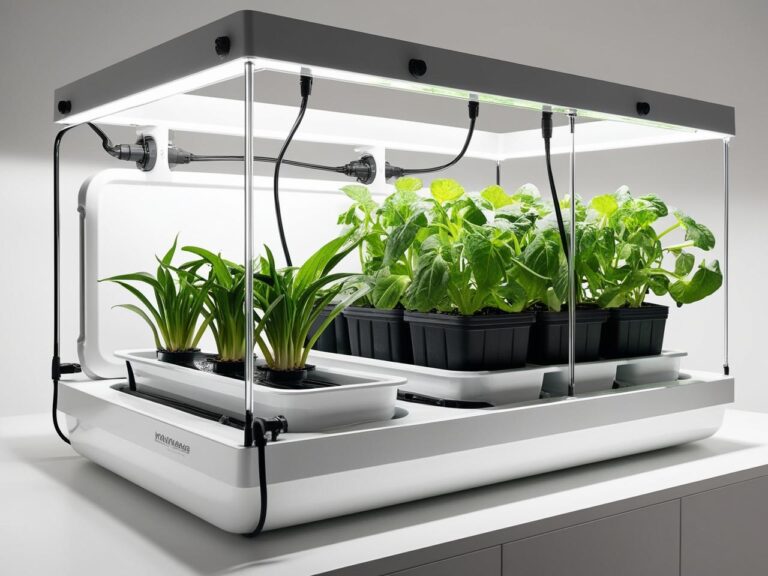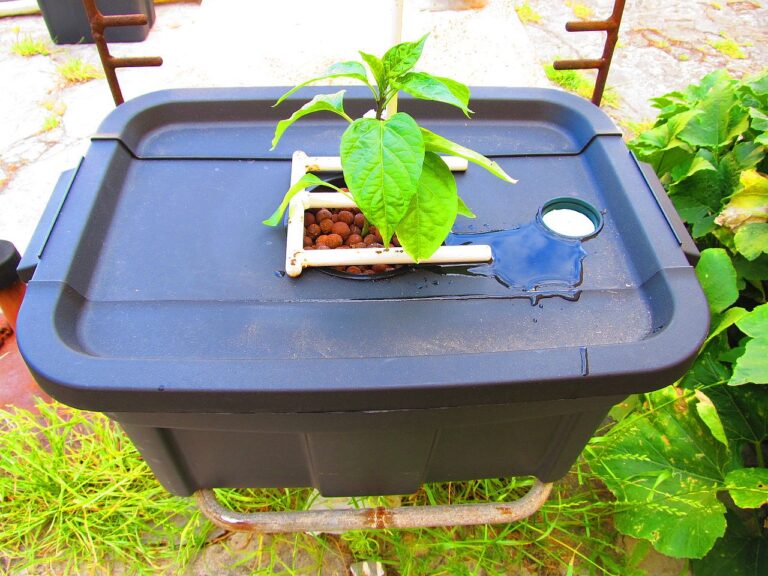Fall Gardening 101: Essential Crops to Plant Before Frost Hits
Did you know fall gardening can yield some of the sweetest, most flavorful crops of the year? There’s something magical about crisp autumn air and the challenge of beating the clock before the frost sets in. Unlike summer gardens battling heatwaves and pests, fall gardens thrive with fewer weeds and cooler weather, making them a dream for gardeners of all levels.
But here’s the catch: timing is everything. If you want a bountiful harvest before winter’s chill, it’s crucial to know which crops thrive in cooler conditions and when to plant them. Don’t worry, this guide will walk you through the best frost-tolerant crops, quick-growing veggies, and top tips to maximize your fall garden’s potential. Let’s get digging!
1. Why Fall Gardening is Worth the Effort
Fall gardening has so many benefits, it almost feels like a cheat code for gardeners. For one, the cooler temperatures mean less watering, your plants won’t be thirsty 24/7 like they are in the summer. Plus, pesky garden pests like aphids and whiteflies tend to back off as the weather cools, giving your crops a fighting chance.
And here’s a secret every gardener loves: frost can actually make some vegetables taste better! Crops like carrots and kale develop a natural sweetness when exposed to a light frost, as the cold triggers the plants to produce more sugars as a defense mechanism. It’s like nature’s way of saying, “Here’s a treat for sticking with me through the colder months.”
Fall gardening is also a great way to extend your growing season. While your neighbors are packing up their garden tools, you’ll still be harvesting fresh produce, making your meals even more special during the colder months.
2. Understanding Your Frost Dates
To succeed in fall gardening, you need to know your frost dates like the back of your hand. The first frost date varies depending on where you live, so check a local gardening calendar or use an online tool like the USDA Plant Hardiness Zone map.
Once you’ve got the date pinned down, work backward to determine when to plant. For example, if your first frost typically hits in mid-October, and you’re planting carrots (which need about 70 days to mature), you’ll want to sow seeds in early August. Don’t worry if you’re late to the game, there are plenty of quick-growing crops to try!
Keep in mind that daylight hours also shorten in the fall, which slows plant growth. To counter this, give your plants a head start by using transplants or starting seeds indoors. It’s all about timing and giving your garden a little extra TLC to beat the clock.
3. Essential Crops to Plant Before the First Frost
When it comes to fall gardening, the secret to success is choosing crops that can handle cooler weather or mature quickly. These resilient plants will thrive in autumn’s crisp air, giving you a plentiful harvest before the frost. Here are some of the top contenders:
Leafy Greens
Fall is the perfect time to grow leafy greens like spinach, kale, and Swiss chard. These hardy plants love cooler weather and can even tolerate a light frost. Spinach, in particular, thrives in temperatures below 75°F and can germinate in as little as 6 days. Swiss chard and kale are a bit like the overachievers of the garden world, they’ll keep growing well into winter if protected with a row cover. Bonus: kale gets sweeter after a frost, turning it into a superfood treat for your salads or stir-fries.
Root Vegetables
Root vegetables like carrots, radishes, and beets are fall gardening staples. They’re frost-tolerant, and their underground growth keeps them protected from sudden temperature drops. Carrots take a bit longer to mature, but the reward is their enhanced sweetness after a frost. Radishes are a great choice if you’re short on time, they can go from seed to harvest in just 25-30 days. Beets, with their dual-purpose roots and greens, are a must-have for any fall garden.
Brassicas
Brassicas, including broccoli, cauliflower, and Brussels sprouts, are cool-weather champs. These nutrient-rich veggies prefer temperatures between 60-70°F and thrive in the gentle chill of fall. Brussels sprouts, in particular, get better after a frost, developing a sweeter, nuttier flavor. Just make sure to start them early, as they take a bit longer to mature compared to other fall crops.
Alliums
Fall is the ideal time to plant alliums like garlic and onions. They may not be ready for harvest until spring or summer, but fall planting gives them a head start to develop strong roots. Choose hardneck garlic varieties if you’re in a colder region, they’re more winter-hardy and will reward you with larger, flavorful cloves.
Legumes
Peas and fava beans are excellent additions to your fall garden. These legumes thrive in cool temperatures and can even withstand light frosts. Peas are quick to mature, making them a great option if you’re planting late in the season. Plus, both peas and fava beans enrich the soil with nitrogen, giving your garden a boost for next year.
Planting these crops will ensure your garden stays productive well into the cooler months. Whether you’re harvesting tender spinach leaves or sweet carrots, you’ll have plenty of fresh produce to enjoy, even as the temperature drops.
4. Tips for Maximizing Your Fall Harvest
Fall gardening isn’t just about planting the right crops, it’s about giving them the best possible start. Here’s how to set your garden up for success:
Soil Preparation
Before planting, take some time to enrich your soil. Add compost or well-rotted manure to boost fertility, and test your soil’s pH to ensure it’s within the ideal range for your crops. Fall vegetables often prefer slightly acidic to neutral soil (pH 6.0-7.0).
Planting Depths
Cooler temperatures mean slower germination, so plant seeds slightly deeper than you would in the summer. This helps protect seeds from temperature fluctuations and ensures better moisture retention.
Mulching
A thick layer of mulch can work wonders for your fall garden. It helps retain soil moisture, regulate temperatures, and suppress weeds. Plus, mulch acts as an insulating layer, keeping roots warmer when the nights get chilly.
By following these tips, you’ll maximize your fall garden’s potential and enjoy a productive growing season.
5. How to Protect Your Crops from Frost
Even the hardiest plants need a little help when frost threatens. Here’s how to keep your fall garden thriving despite colder nights:
Keep an Eye on the Weather
Stay ahead of the frost by monitoring local weather reports. The first frost can sneak up on you, so having a heads-up gives you time to prepare. When frost warnings are issued, be ready to take action.
Use Row Covers or Frost Cloths
Row covers are a fall gardener’s best friend. Lightweight and breathable, they trap heat while allowing sunlight, air, and water to reach your plants. Simply drape them over your crops and secure the edges with rocks, bricks, or garden staples. For an extra layer of frost protection, use a thicker frost blanket or double up on row covers.
Water Before Frost Hits
It might sound counterintuitive, but watering your garden before a frost can actually help protect your plants. Moist soil retains heat better than dry soil, creating a buffer against sudden temperature drops. Just don’t overdo it, waterlogged soil can lead to root rot.
Mulch for Insulation
We’ve already sung mulch’s praises, but it’s worth repeating: a thick layer of mulch acts like a cozy blanket for your soil and plant roots. Use straw, leaves, or shredded bark to lock in warmth and protect plants from frost damage.
Bring Containers Indoors
If you’re growing vegetables in pots or containers, move them indoors or into a sheltered spot, like a garage or greenhouse, when frost is expected. Even a sunny windowsill can keep them safe during colder nights.
Harvest Sensitive Crops Early
If frost is inevitable, prioritize harvesting tender crops like lettuce, beans, and tomatoes. These plants are more vulnerable to cold and may not survive even a light frost. For root vegetables like carrots and beets, leave them in the ground with a thick layer of mulch, they can tolerate frost and even improve in flavor.
By taking these precautions, you’ll minimize frost damage and extend your garden’s productivity into late fall.
6. Wrap-Up: Embrace the Magic of Fall Gardening
Fall gardening might require a bit of planning and extra effort, but the rewards are well worth it. From sweet, frost-kissed carrots to hardy greens thriving in cooler temperatures, your garden can keep producing long after summer’s heat fades. With a little knowledge, the right crops, and a few frost-busting tricks, you’ll enjoy fresh, homegrown produce deep into the autumn season. Happy Gardening!

